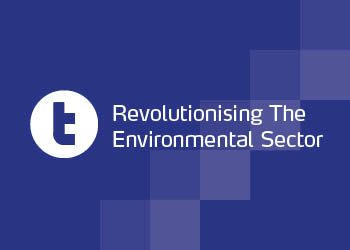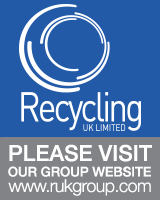As part of its Circular Economy Action Plan, the European Union has proposed to take action on exports of waste to non-EU countries (known as third countries).
While the EU would look to develop end-of-waste-criteria to enable materials to be recycled easily within its borders, it has said that it will aim to ensure that problematic waste is not exported to outside of the EU.
In the Circular Economy Action Plan, the European Commission will seek to introduce more recycled content into products. This will necessitate a well-functioning “internal market” in the EU for materials.
The European Commission will therefore further develop EU-wide end-of-waste criteria for certain waste streams plus standardisation of secondary raw materials.
But in response to increased restrictions on imports by some third countries, “the Commission will take action with the aim to ensure that the EU does not export its waste challenges to third countries”.
The Commission hopes that its policies on product design, quality and safety of secondary materials and enhancing their markets will contribute to making ‘recycled in EU’ a benchmark for qualitative secondary materials.
In key sentences for exporters in the Circular Economy Action Plan, it stated: “Facilitating preparing for reuse and recycling of waste in the EU will be enhanced by a thorough review of EU rules on waste shipments.
“The review will also aim at restricting exports of waste that have harmful environmental and health impacts in third countries or can be treated domestically within the EU by focusing on countries of destination, problematic waste streams, types of waste operations that are source of concern, and enforcement to counteract illegal shipments.
“The Commission will also support measures at multilateral, regional and bilateral levels to combat environmental crime notably in the areas of illegal exports and illicit trafficking, strengthen controls of shipments of waste, and improve the sustainable management of waste in these countries.”
In other measures, the document proposes harmonisation of collection schemes with “high quality recycling relying on effective separation of waste”.
This will include harmonised bin colours, symbols for key waste types, product labels, information campaigns and economic instruments.
For packaging, the Commission said that it will reinforce the mandatory essential requirements for packaging so that all packaging on the EU market by 2030 is reuseable or recyclable in an economically viable way.
These requirements are:
- reducing (over)packaging and packaging waste, including by setting targets and other waste prevention measures
- driving design for reuse and recyclability of packaging, including considering restrictions on the use of some packaging materials for certain applications, in particular where alternative reuseable products or systems are possible or consumer goods can be handled safely without packaging
- considering reducing the complexity of packaging materials, including the number of materials and polymers used.
To increase the uptake of recycled plastics and contribute to the more sustainable use of plastics, the Commission will propose “mandatory requirements for recycled content and waste reduction measures for key products such as packaging, construction materials and vehicles”.
However, it also intends to develop a policy framework on assessing whether bio-based plastics result in genuine environmental benefits. It will also look at where use of biodegradable or compostable plastics can be environmentally beneficial without misleading customers to dispose of it in a way that causes plastic littering or pollution.
Executive vice-president for the European Green Deal Frans Timmermans said: “To achieve climate-neutrality by 2050, to preserve our natural environment, and to strengthen our economic competitiveness, requires a fully circular economy.
“Today, our economy, is still mostly linear, with only 12% of secondary materials and resources being brought back into the economy. Many products break down too easily, cannot be reused, repaired or recycled, or are made for single use only.
“There is a huge potential to be exploited both for businesses and consumers. With today’s plan we launch action to transform the way products are made and empower consumers to make sustainable choices of their own benefit and that of the environment.”













